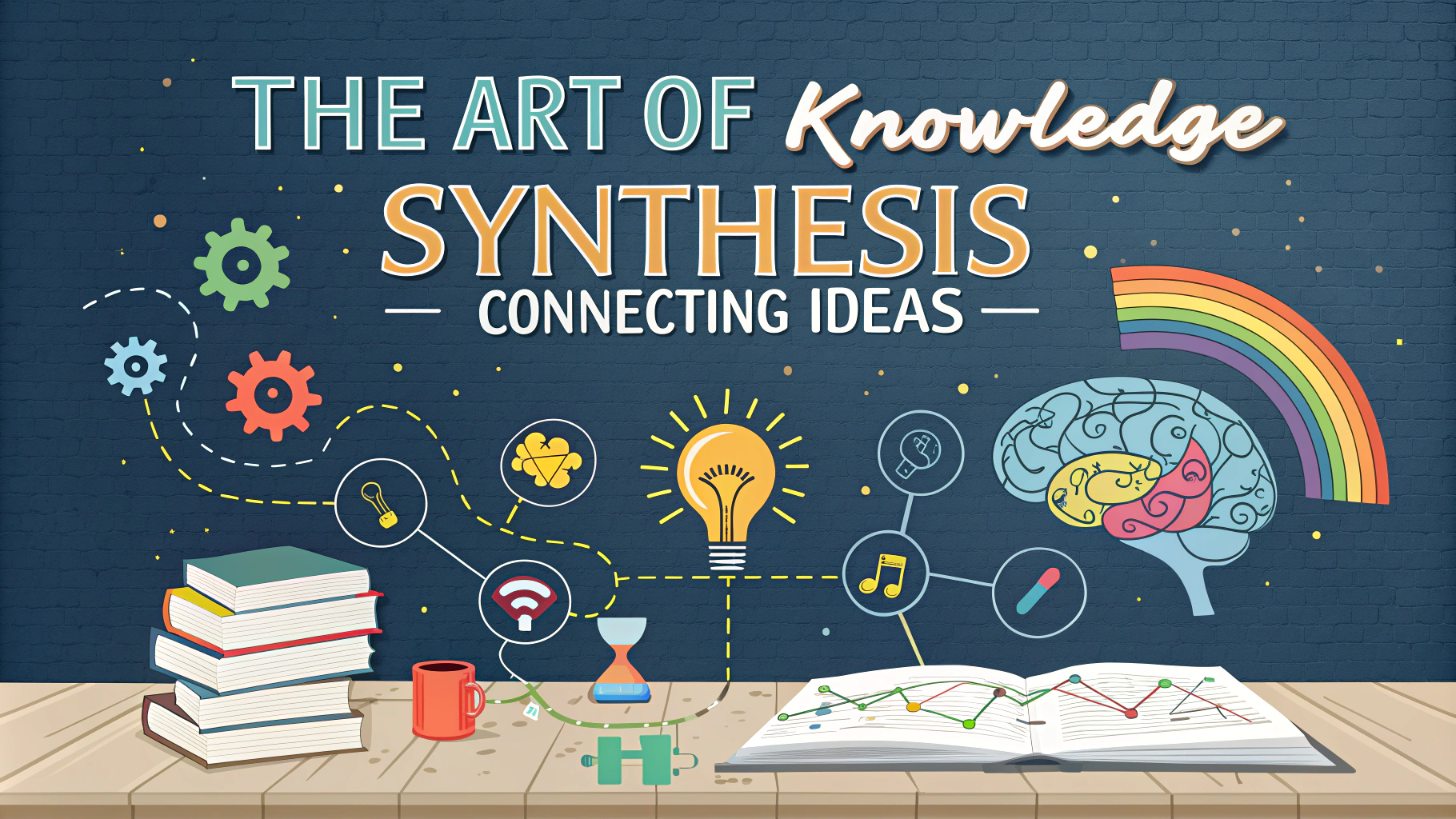The Pomodoro Technique transforms learning by combining focused work periods with strategic breaks to maximize both productivity and knowledge retention.
What Makes Pomodoro Work for Learning
This time management method aligns perfectly with how our brains process and store new information.
- 25 minutes of focused study
- 5-minute break between sessions
- Longer 15-30 minute break after 4 sessions
Setting Up Your Pomodoro Learning System
Start with these essential tools:
- Timer: Apps like Focus@Will or Forest
- Study Space: Quiet area with minimal distractions
- Task List: Clear learning objectives for each session
Optimizing Each Study Session
- Select one specific topic or concept
- Remove all distractions (phone, notifications)
- Set timer for 25 minutes
- Focus entirely on learning material
- Take notes during the session
Making the Most of Breaks
Break activities that enhance learning:
- Light physical exercise
- Deep breathing exercises
- Quick walks
- Stretching
- Water and healthy snacks
Common Mistakes to Avoid
- Checking phones during sessions
- Skipping breaks
- Setting unrealistic learning goals
- Multitasking during focus time
Tracking Progress
| Session Type | Duration | Goal |
|---|---|---|
| Focus Period | 25 minutes | Active learning |
| Short Break | 5 minutes | Mental reset |
| Long Break | 15-30 minutes | Complete refresh |
Recommended Apps and Tools
- Focus@Will – Music designed for focus
- Forest – Gamified focus timer
- Pomofocus – Simple, free online timer
Adapt these techniques to your learning style and schedule, making adjustments as needed for optimal results.
Advanced Pomodoro Strategies
Customize the technique to match your peak performance hours and learning complexity.
- Morning sessions for difficult topics
- Afternoon slots for review and practice
- Evening periods for light reading and summaries
Combining Pomodoro with Other Study Methods
Active Recall
- Use focus periods for practice questions
- Create flashcards during sessions
- Review materials during breaks
Spaced Repetition
- Schedule review sessions strategically
- Increase intervals between topic reviews
- Track recall accuracy
Long-Term Implementation
Establish sustainable habits for continuous learning success:
- Start with 2-3 Pomodoros daily
- Gradually increase to 6-8 sessions
- Maintain consistent schedule
- Review and adjust methods monthly
Conclusion
The Pomodoro Technique offers a structured approach to effective learning, combining focused study with strategic breaks. Success comes from consistent application, proper customization, and mindful progress tracking. Regular practice leads to improved concentration, better retention, and sustainable learning habits.
| Benefits | Long-term Impact |
|---|---|
| Enhanced focus | Better learning habits |
| Reduced fatigue | Improved memory retention |
| Increased productivity | Sustainable study routine |
FAQs
- What exactly is the Pomodoro Technique and how does it enhance learning?
The Pomodoro Technique is a time management method using 25-minute focused work intervals followed by 5-minute breaks. It enhances learning by leveraging the brain’s natural attention spans and preventing mental fatigue through regular breaks. - How many Pomodoros should I complete in a day for optimal learning?
Most experts recommend 8-12 Pomodoros per day, which equals 4-6 hours of focused learning time. Going beyond this may lead to diminishing returns due to mental exhaustion. - Should I adjust the traditional 25-minute Pomodoro length for different learning tasks?
While 25 minutes is standard, you can adjust the duration to 45-50 minutes for deep learning tasks that require more concentration, or shorter periods for high-intensity subjects that are more mentally demanding. - What activities are best suited for the 5-minute breaks between Pomodoros?
Light physical activities like stretching, walking, or deep breathing exercises are ideal. Avoid digital devices or complex tasks that might break your learning momentum. - How do I handle interruptions during a Pomodoro session?
For urgent interruptions, stop the Pomodoro and restart later. For non-urgent matters, use the “inform, negotiate, call back” strategy – briefly acknowledge the interruption and address it during your break. - Can the Pomodoro Technique be combined with other learning methods?
Yes, it works well with methods like spaced repetition, active recall, and the Feynman Technique. The timed intervals can structure any learning approach more effectively. - How do I track and measure progress using the Pomodoro system?
Keep a daily log of completed Pomodoros, tasks accomplished, and learning objectives met. This helps identify peak productivity periods and optimize your learning schedule. - What should I do during longer breaks after completing multiple Pomodoros?
Take a 15-30 minute break after every 4 Pomodoros. Use this time for meal breaks, longer walks, or brief power naps to recharge your mental energy. - How can I prevent distractions during Pomodoro sessions?
Turn off phone notifications, use website blockers, wear noise-canceling headphones, and inform others about your focused work periods to minimize interruptions. - Is it necessary to complete a full Pomodoro if I finish my task early?
If you complete your primary task early, use the remaining time for review, note organization, or related learning activities to maintain the integrity of the time-boxing system.








